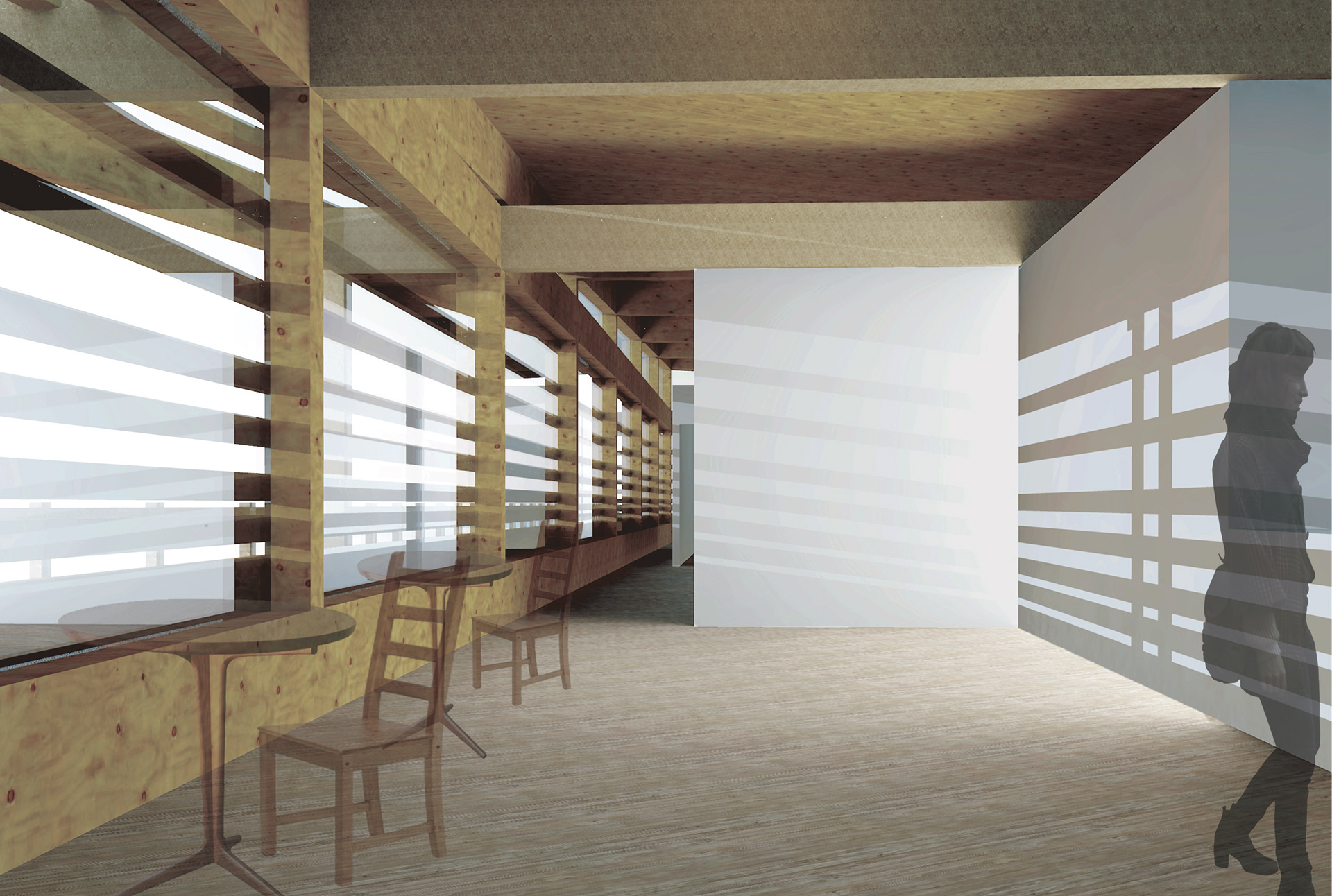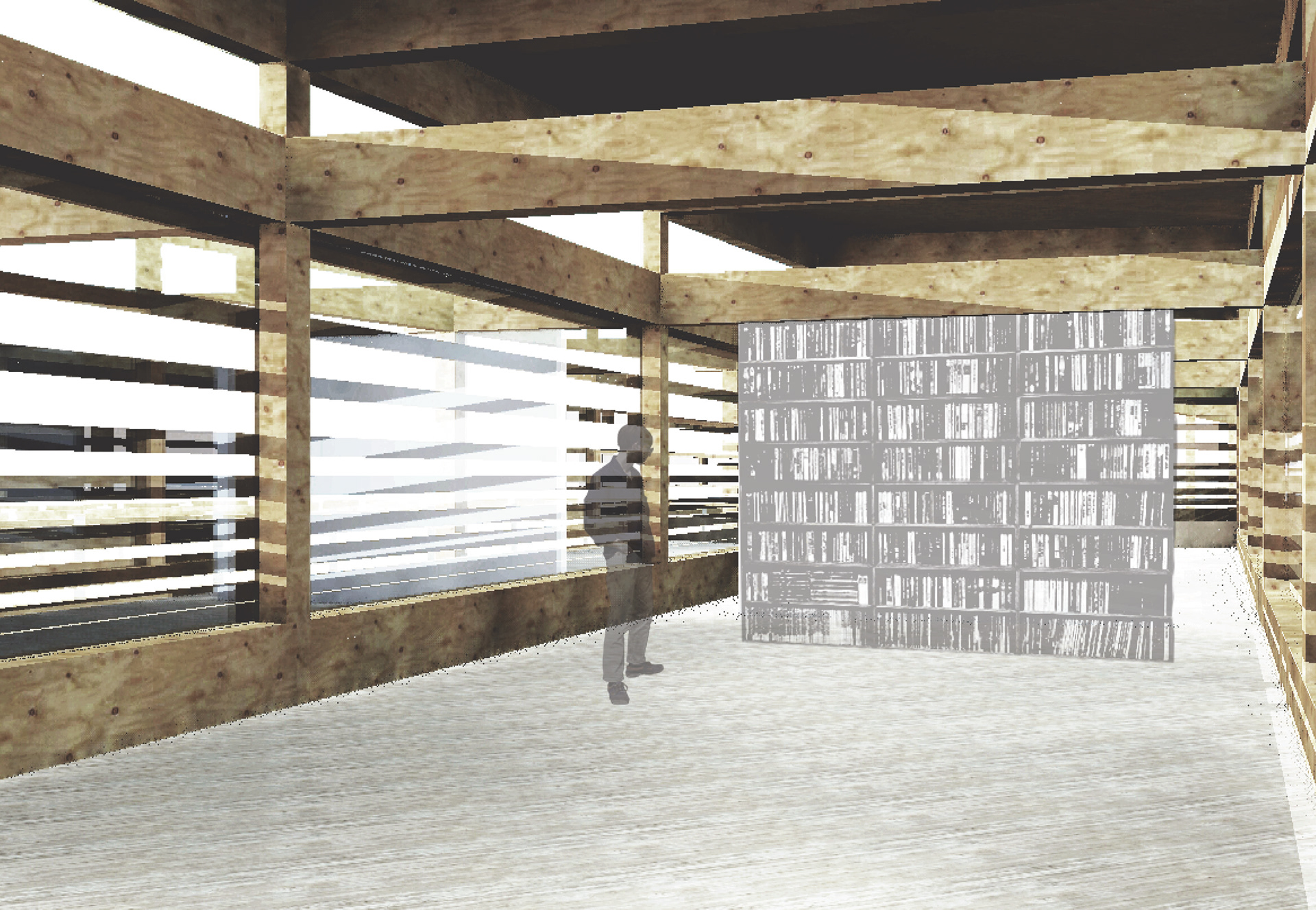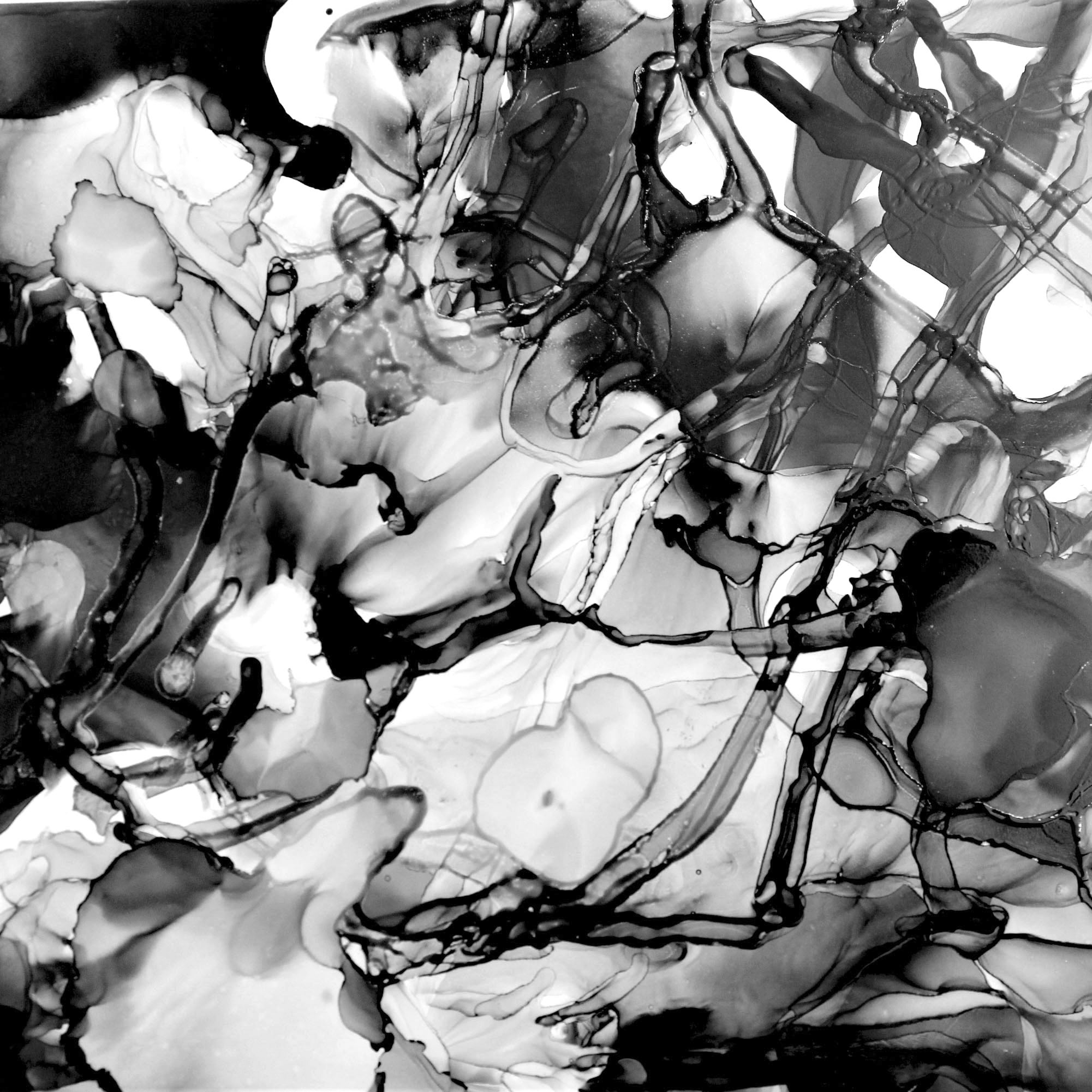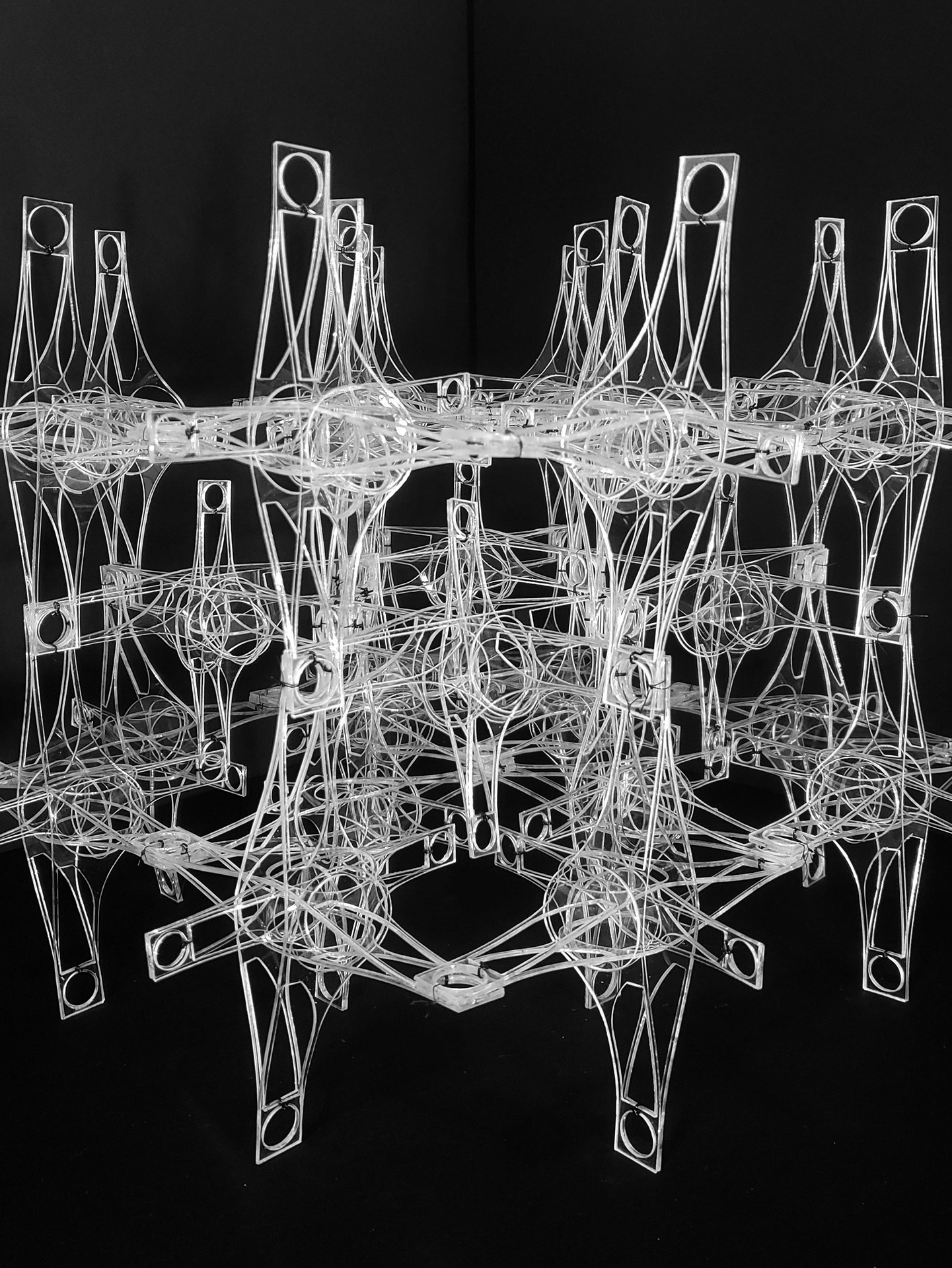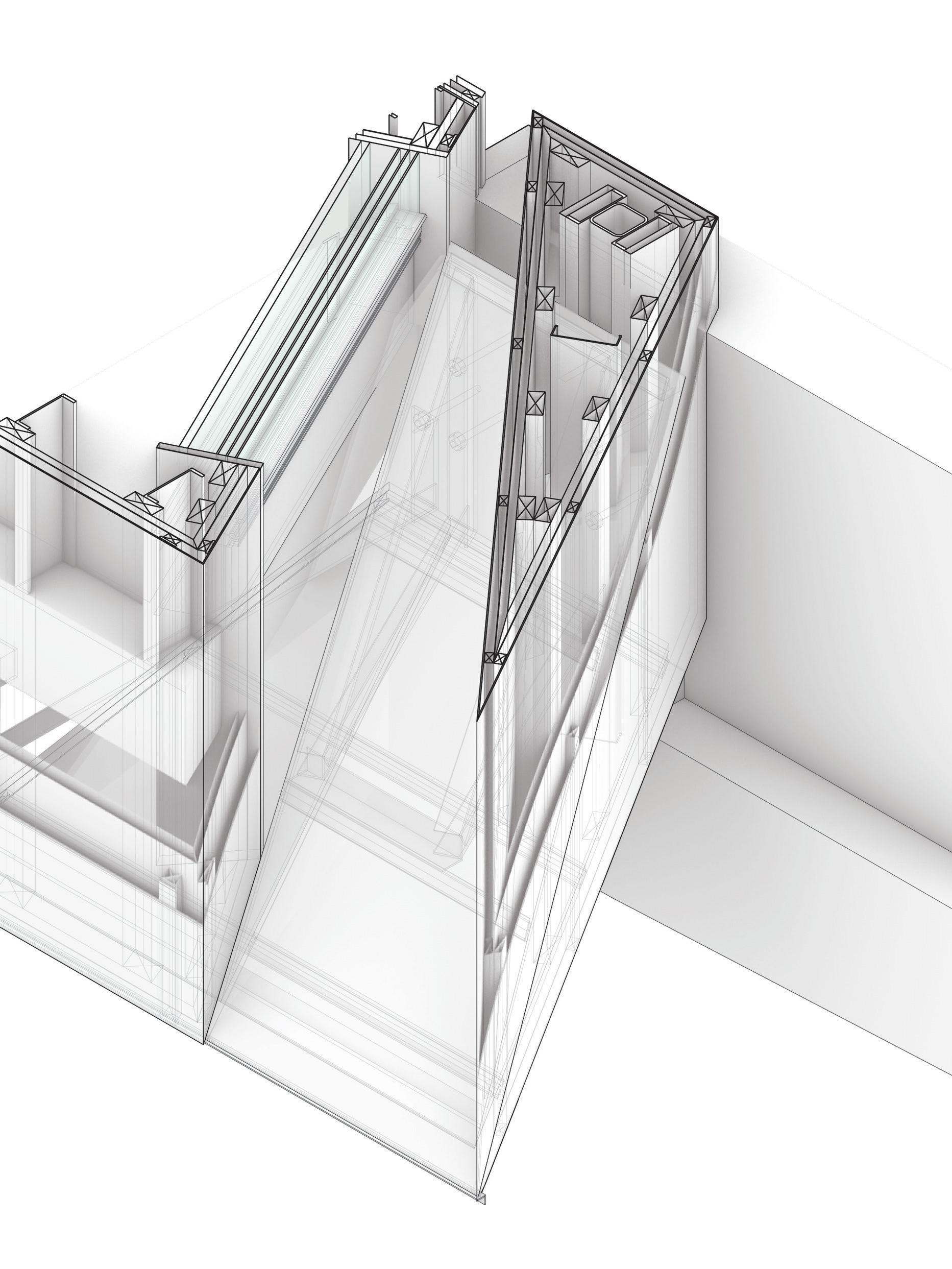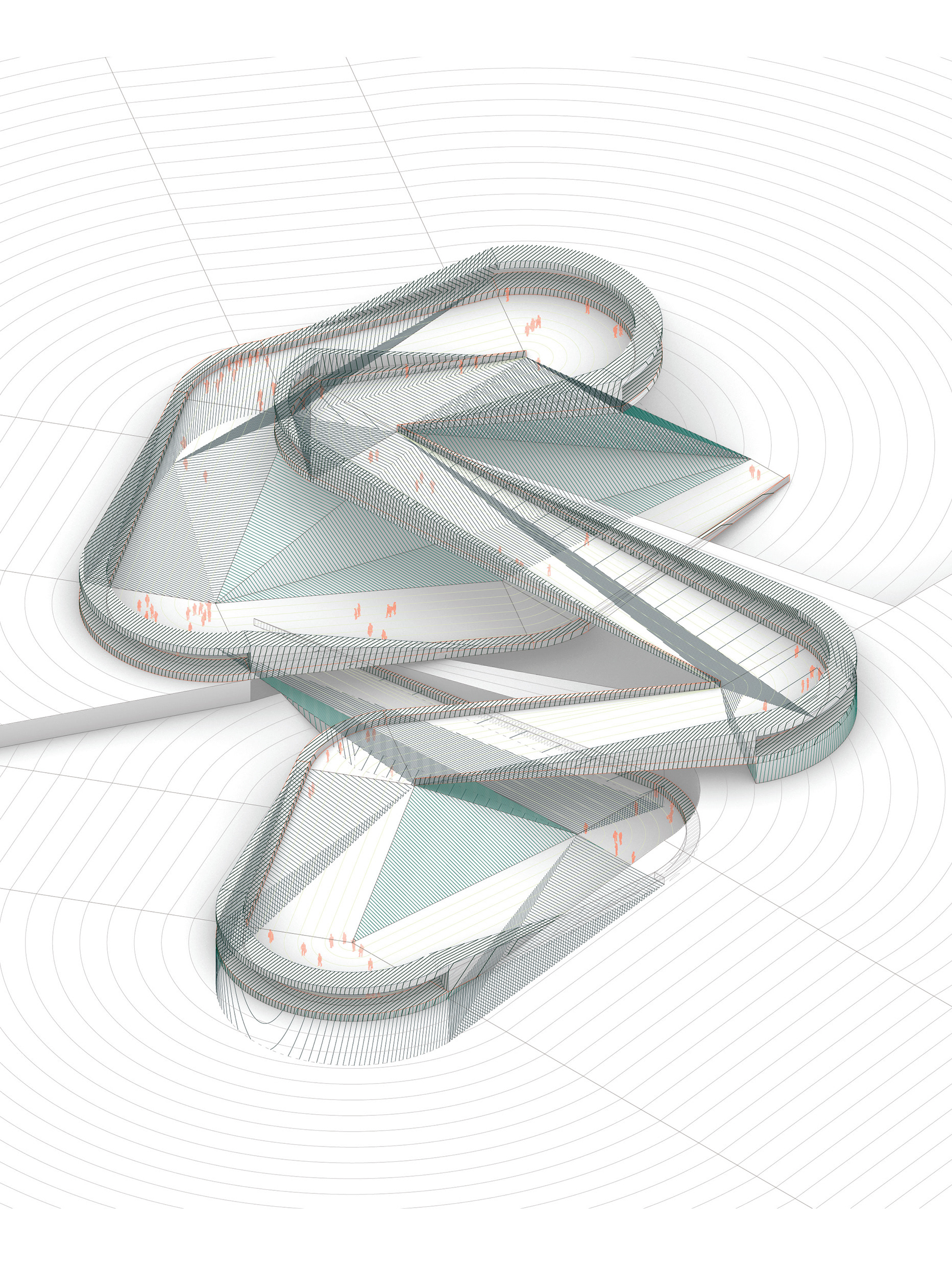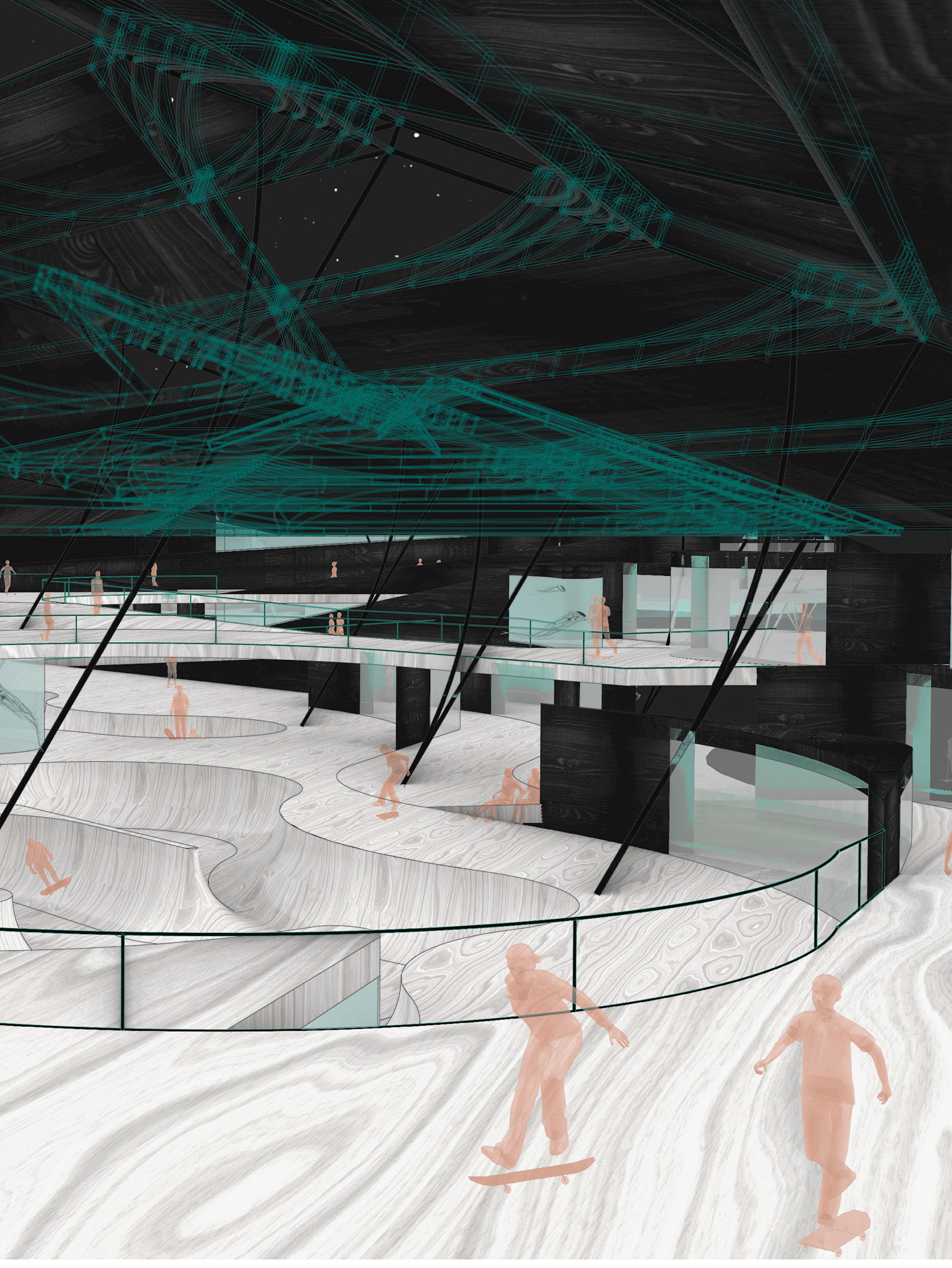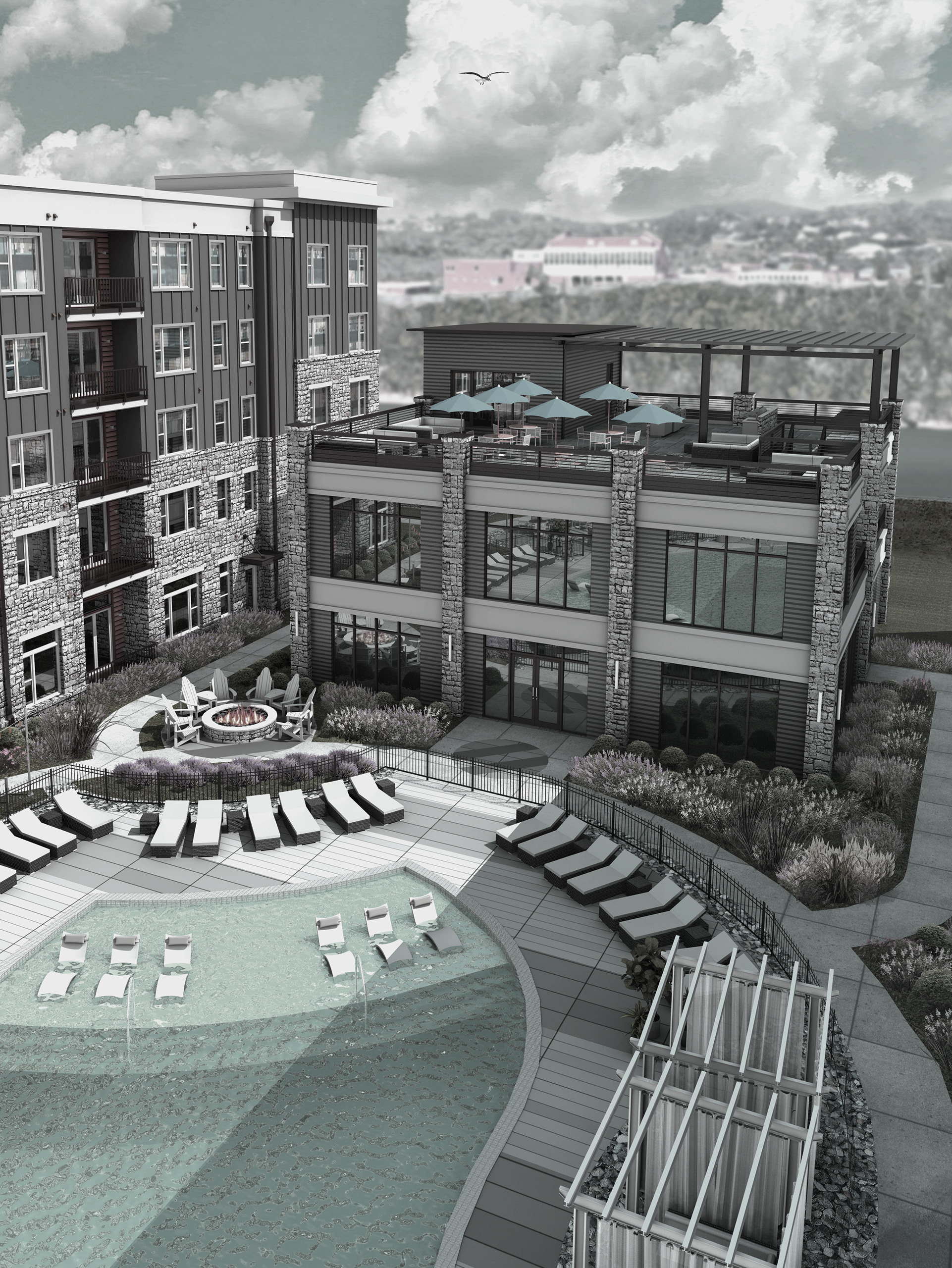Course, Instructor
COA 1012, FREDERICK PEARSALL
Research Collaborator
TIFFANY BOUQUET
School
GEORGIA INSTITUTE OF TECHNOLOGY
Year
SPRING 2016
Site
UGA MARINE INSTITUTE, SAPELO, GEORGIA
COA 1012, FREDERICK PEARSALL
Research Collaborator
TIFFANY BOUQUET
School
GEORGIA INSTITUTE OF TECHNOLOGY
Year
SPRING 2016
Site
UGA MARINE INSTITUTE, SAPELO, GEORGIA
This project seeks to connect social and ecological realms through evaluation of the site it is placed on. Discoveries of various shifting and drifting aspects of the site’s abiotic, biotic, and socio-cultural systems leads to design strategies. Through use of wooden, organic materiality, the overall essence of this project reflects a strong sense of connection with nature. The architecture of this project consists of “shifting” components which influence a sense of “drifting,” as a result. The overall form of the three buildings, wrapped within an entwined system of pathways are elongated and stretched far into the marshlands, which visually shows an overall sense of drifting and connects the two worlds of human activities and natural landscapes be-yond. These various ideas, more specifically,
are also incorporated into the design:
i. Shifting of underlying grids influences a drift of architecture| through observation of the existing site plan, a general orthogonal underlying grid is evident. Through shifting manipulation of this octagonal grid, a new angled grid is produced for the new research facility to sit upon. This allows the overall form of the facility to drift into nature
ii. Shifting of elevation in section influences drifting perspective| a general shift in elevation from the lower-elevated mainland to the higher-elevated main body of the facility and back down to the lower-elevated marshland allows for drifting sense of perspective for inhabitants as they walk throughout the extent of the facility and its pathways
iii. Shifting of circulation influences a drift of inhabitants| the formal composition of the bridge system that shifts around and between the three buildings produces a series of shifting patterns, which allow for crossing of pathways and all generally lead from the mainland and out into the marshland.
